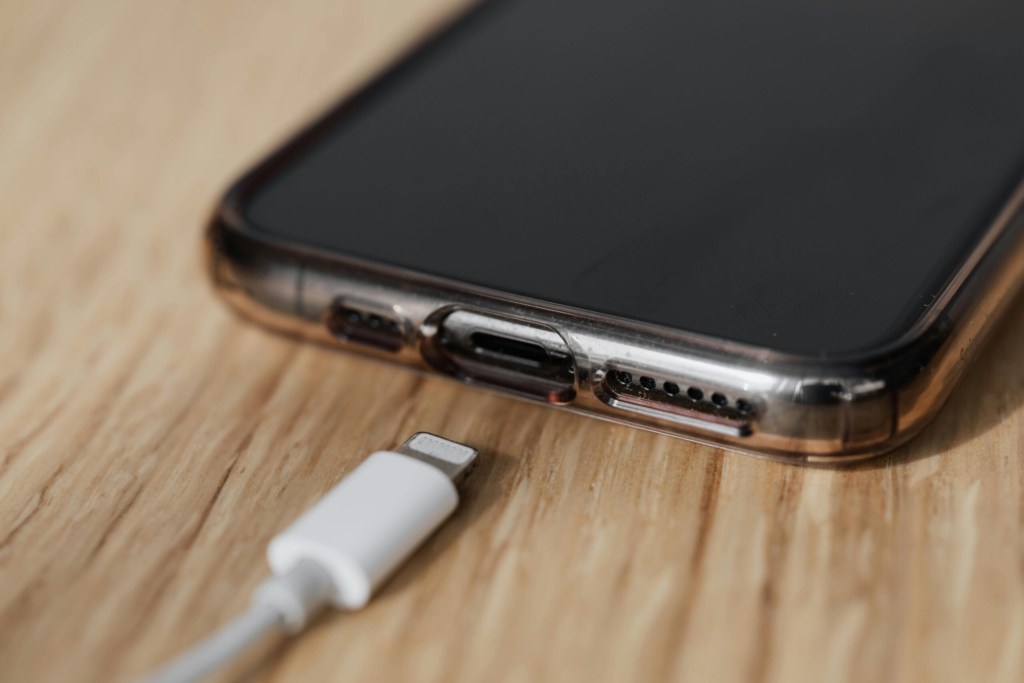In today’s fast-paced world, our mobile devices are our lifelines, keeping us connected, informed, and entertained throughout the day. But with great convenience comes the inevitable need to keep our batteries charged. However, there’s often confusion surrounding the best practices for charging mobile batteries. When should you charge your phone? How long should you leave it plugged in? What habits can prolong battery lifespan? In this comprehensive guide, we’ll delve into the science behind mobile battery charging and provide practical tips to optimize your device’s battery life.
Understanding Lithium-Ion Batteries:
Before diving into charging strategies, it’s crucial to understand the basic workings of lithium-ion batteries—the most common type found in mobile devices. Lithium-ion batteries operate based on the movement of lithium ions between the positive and negative electrodes during charging and discharging cycles. Over time, factors such as temperature, usage patterns, and charging habits can affect the battery’s capacity and lifespan.
Best Practices for Charging Your Mobile Device:
- Avoid Deep Discharges: Contrary to popular belief, allowing your battery to drain completely before charging can actually be detrimental to its lifespan. Lithium-ion batteries prefer shallow discharge cycles, ideally staying between 20% and 80% charge.
- Frequent Top-ups: Instead of waiting for your battery to reach low levels, consider topping it up throughout the day whenever convenient. This practice helps maintain a moderate state of charge, reducing stress on the battery and prolonging its longevity.
- Optimal Charging Temperature: Extreme temperatures, both hot and cold, can harm battery performance. Aim to charge your device in a moderate temperature environment, ideally between 20°C and 30°C (68°F to 86°F).
- Use Official Chargers: While it may be tempting to use third-party chargers for convenience or cost savings, stick to the manufacturer’s recommended charger whenever possible. Cheap or counterfeit chargers can deliver inconsistent voltage, potentially damaging your battery over time.
- Unplug After Full Charge: Once your device reaches 100% charge, unplug it from the charger to prevent overcharging. Most modern smartphones are equipped with circuitry to prevent overcharging, but it’s still a good habit to disconnect the charger when the battery is full.
- Avoid Extreme Fast Charging: Rapid charging technologies can significantly shorten the lifespan of your battery due to increased heat generation. While convenient, it’s best to reserve fast charging for occasions when you need a quick boost and rely on standard charging for everyday use.
- Battery Calibration: Occasionally allowing your device to fully discharge and then recharge can help recalibrate the battery’s capacity indicator, ensuring more accurate battery life estimates.
- Battery Health Monitoring: Many smartphones offer built-in battery health monitoring features that provide insights into your battery’s condition. Keep an eye on these indicators and take appropriate action if you notice any significant decline in performance.
By adopting these charging practices, you can not only extend the lifespan of your mobile device’s battery but also ensure reliable performance over time. Remember, while it’s essential to charge your phone when needed, how you charge it plays a crucial role in maintaining battery health.
Conclusion:
Our mobile devices have become indispensable tools in our daily lives, and keeping them powered up is essential. However, charging our devices correctly is just as important as using them. By understanding the science behind lithium-ion batteries and following best charging practices, you can maximize your mobile device’s battery life and ensure long-term reliability. From avoiding deep discharges to monitoring battery health, every step you take contributes to the overall health and longevity of your device’s battery. So, the next time you reach for your charger, remember these tips to keep your mobile companion running smoothly for years to come.


Add a Comment